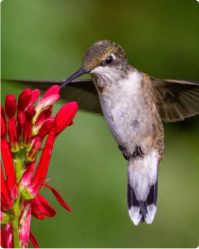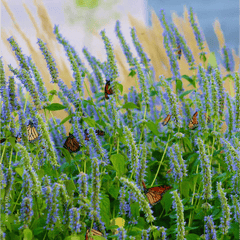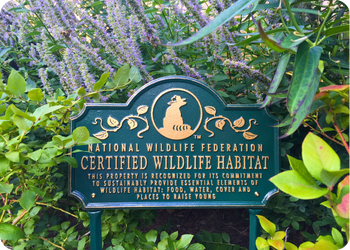Western Monarch Butterfly Decline: Understanding the Causes and Seeking Solutions

Western monarchs are imperiled. Scientists and volunteers counted just 233,394 butterflies in the 27th annual Western Monarch Thanksgiving Count, according to the latest survey from the Xerces Society, released January 30, 2024. The population has declined 30% since last year’s Count, and now hovers at a mere 5% of the millions regularly recorded in the 1980s. The long-term population decline is due to habitat loss, fragmentation and degradation, as well as the additional stressors of pesticides and climate change.
While 200,000 is a lot better than 30,000 (the record low, reported in 2018-2020), reflecting the limited success of recent conservation efforts, this year’s decline underlines just how unstable the population remains.
Scientists Doug Tallamy and Rebeca Quiñonez-Piñón can help to further elucidate exactly what these new numbers mean for the species, and what sort of response is needed from us in order to help them rebound to a stable population size. According to Quiñonez-Piñón from National Wildlife Federation,
In his book, Nature’s Best Hope, Tallamy explains an important ecological principle at play behind the fluctuations—that is, that size matters.
All populations,” he says, “whether they are tiny or large, fluctuate: in good times they grow, in bad times they shrink… When a population is large, it typically can withstand even severe environmental insults, but when a population is reduced to a small fraction of its normal size, environmental stress can send it to oblivion.” (pg. 39).
Such, tragically, is the case with Western monarchs: reduced to a fraction of their former population, environmental stressors, such as last year’s winter storms, cause proportionally more damage and leave the species vulnerable to extinction.
PHOTO: Graph demonstrating the relative impact of stochastic fluctuations on large vs small population sizes. Douglas Tallamy, Nature’s Best Hope, pg. 39.
Restoring the Western monarch population requires a fusion of strategies—short- and long- term, local and national, individual, communal, and regional. The good news is, there is no shortage of actions you can take to support these sweet critters. To learn more about comprehensive recovery plans, check out the Western Monarch Conservation Plan and the Western Monarch Call to Action. To get started right away, turn your yard into a butterfly sanctuary by planting milkweed and other native plants, and eliminating pesticide use.
Doug Tallamy urges us all to begin the work of biodiversity conservation in our own backyards. This simple, celebratory action—taken up by individuals across the country—will lace together wildlife habitat and create viable biological corridors for species like the Western monarch to move through as they migrate, metamorphosize, and otherwise go about their earthly lives. “Restoring viable habitat within human-dominated landscapes,” he claims,
“…is the single most effective thing we can do to stop the steady drain of species from our local ecosystems. In fact, restoring the ecological integrity of these ecosystems will not only stop species loss, but it will reverse it, and each year we will be able to enjoy stronger, more stable, and more productive ecosystems, as well as new residents right in our neighborhoods!” (Nature’s Best Hope, pg. 47)
Garden for Wildlife is founded upon a belief in the immense power of yard-by-yard biodiversity renewal. When you purchase a plant from Garden for Wildlife, we donate one to a community earth-care project in need, doubling your conservation impact.
We’re also thrilled to announce that customers in New Mexico, Arizona, Colorado, and Wyoming can now shop for natives from Garden for Wildlife. It brings us great joy to now be able to support the Western monarch population in addition to the Eastern, as well as the many other wildlife species in the now 42 states we serve. Join the people-powered movement for biodiversity renewal, and together let's make sure monarchs always have a place in this world.

Find Native Plants by Zip Code
We took the guesswork out of planting native. Check your zip to see what ships!


















